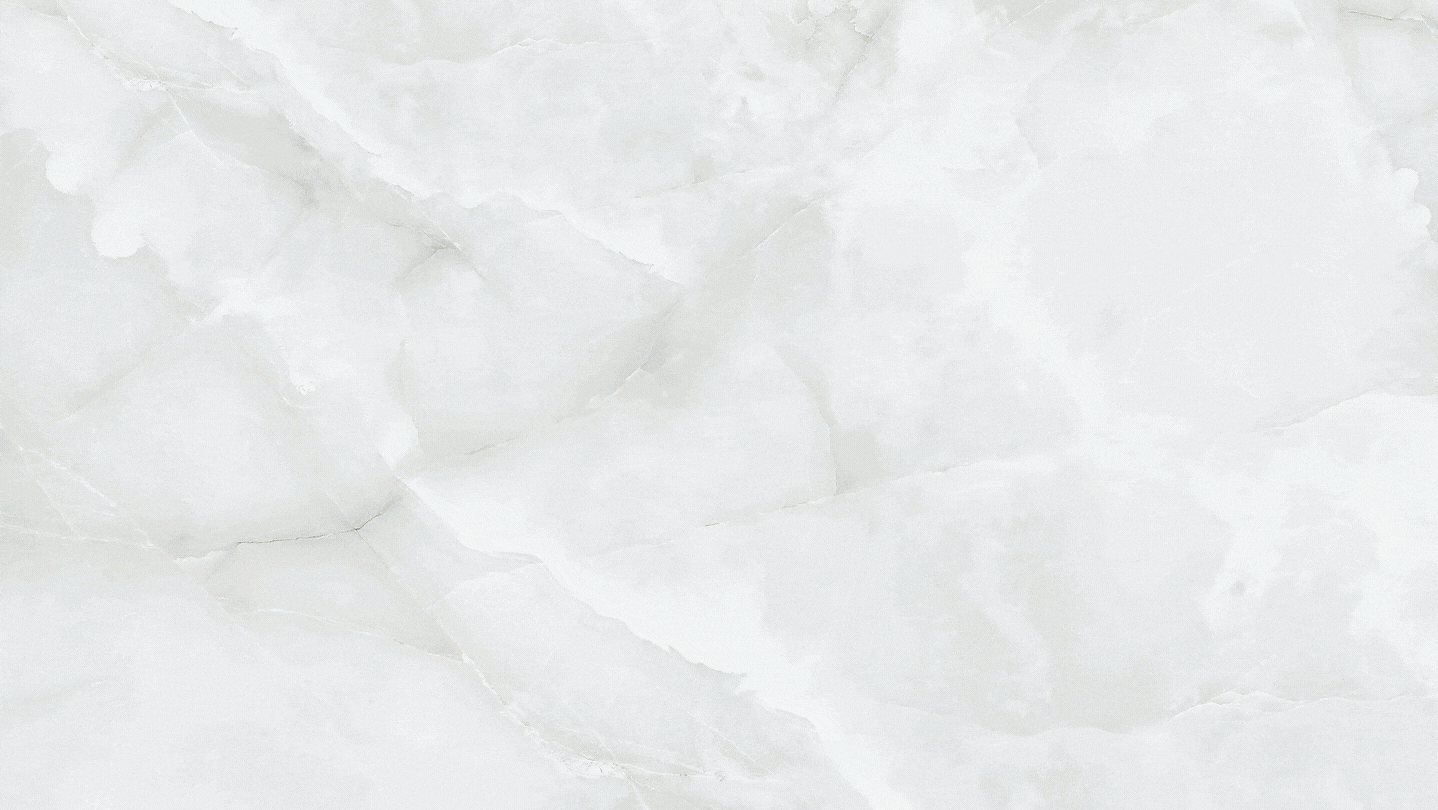
If you are reading this, you are probably either a blogger, vlogger, or aspiring graphics artist. This first article is mostly aimed at making an attractive cover image, poster, or book cover with an online service called Canva. However there are countless uses for the suggestions contained within. Greeting cards, invitations, captioned pictures, and memes are but a few of them.
What you use to create your masterpiece with will depend on you. It might even depend on your mood at the moment, or which device you are using. More important than the editing method is that you have a good idea of what you want, and the skills necessary to get it to display properly on all screen sizes.
If you are looking for something quick and easy to learn yet still powerful, try Canva. There is no installation required, and it can be used from any device or operating system. A free account is required, but the only thing you need to provide is a valid email address.

With Canva, you can either use one of their many templates, or create your own. You can also upload your own images, which are kept in your upload folder. You can reuse them in future projects without uploading again.

Canva has an extensive gallery of free to use images. As always, if you can't find the perfect one, look at others on sites such as Pixabay, Unsplash, etc. Any of the countless free for commercial use sites will serve you well. Don't forget to take note of the link, so you can give credit when you post. Please refer to this link to learn how to properly source an image.
Working with the templates on Canva takes a little practice. Click around, and experiment. Please note that all or part of a text element can be deleted if you don't need it, or you want to use a different style. Edits can be made to the text as well. To delete only part, select delete element instead of delete group. You can also ungroup a text element, so you can move the parts around.

Stretching an image to cover a larger area, and using the border elements takes some getting used to. Pictures, colors, and shapes or other elements can also be edited, replaced, and deleted. Have fun with it, but practice before you need to use it on a deadline if you want the best results.
Most of the existing parts of a template can be edited or deleted. It varies from one to another, but in general you have a lot of control over what the finished product looks like. Again, click around and experiment.
One really fun feature of Canva is the gif option. You can add a gif or even several of them to a still picture. You can also create a slideshow in gif or mp4 format. To create a slideshow, press the plus button to add another blank page of the same size as page one of your template. You can have as many pages as you want. To activate the animate option on a single page, download as a gif. After that, you can edit it, or go to one of many gif editing sites and edit it there.

In part two we will explore the option of using the free to download program known as Gimp. Read part two here.
Image made with Canva, using free images from their gallery. Screenshots are my own.
Originally posted on Uptrennd.